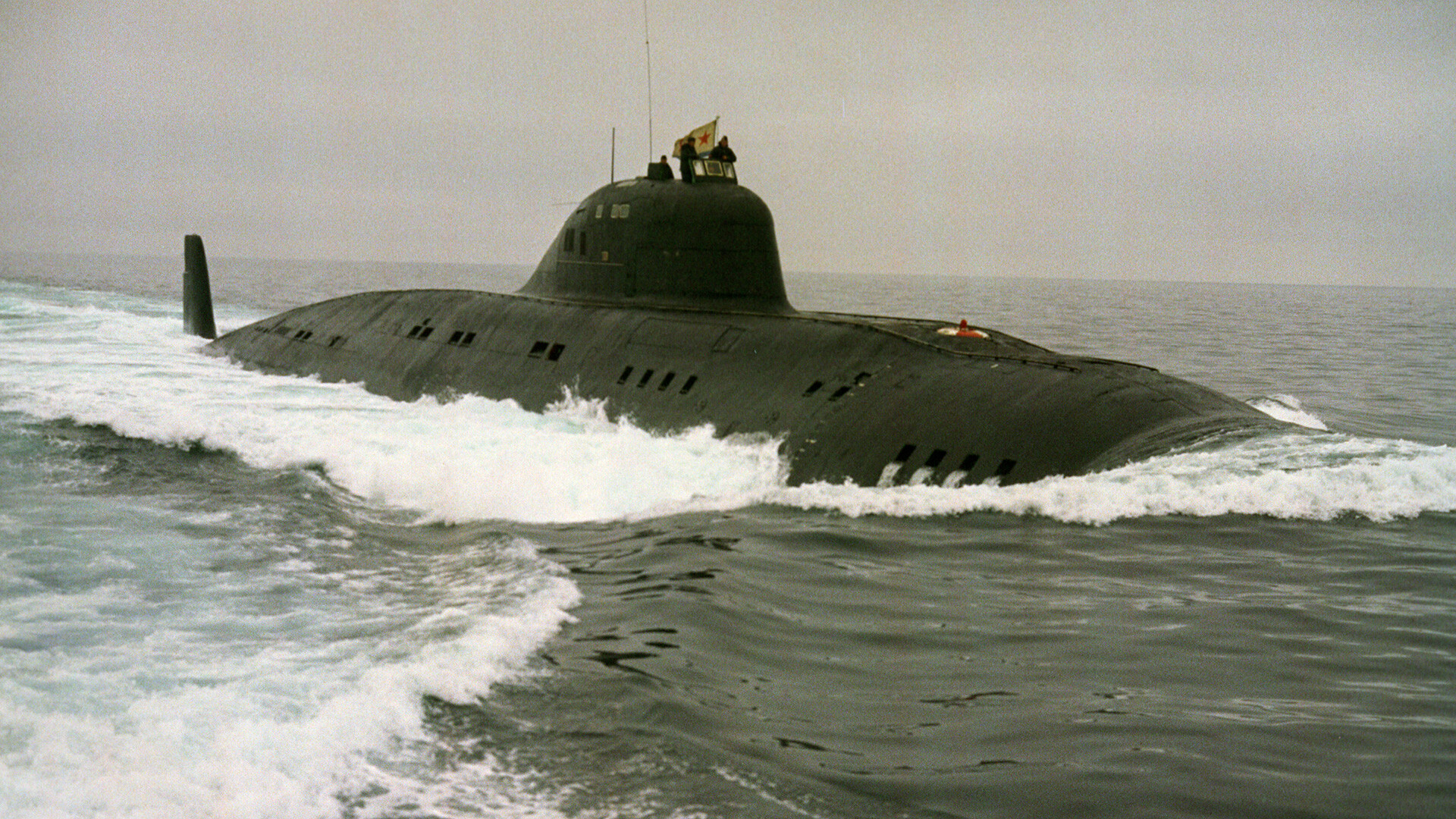
Soviet nuclear-power submarine on training cruise.
Mikhail Kuhtarev/SputnikDuring the Cold War, Soviet and American submarines regularly collided with one another, both in the course of reciprocal pursuit in the deep waters of the world’s oceans or during daring reconnaissance sorties to the potential enemy’s coastline. Fortunately, casualties were avoided in these incidents.
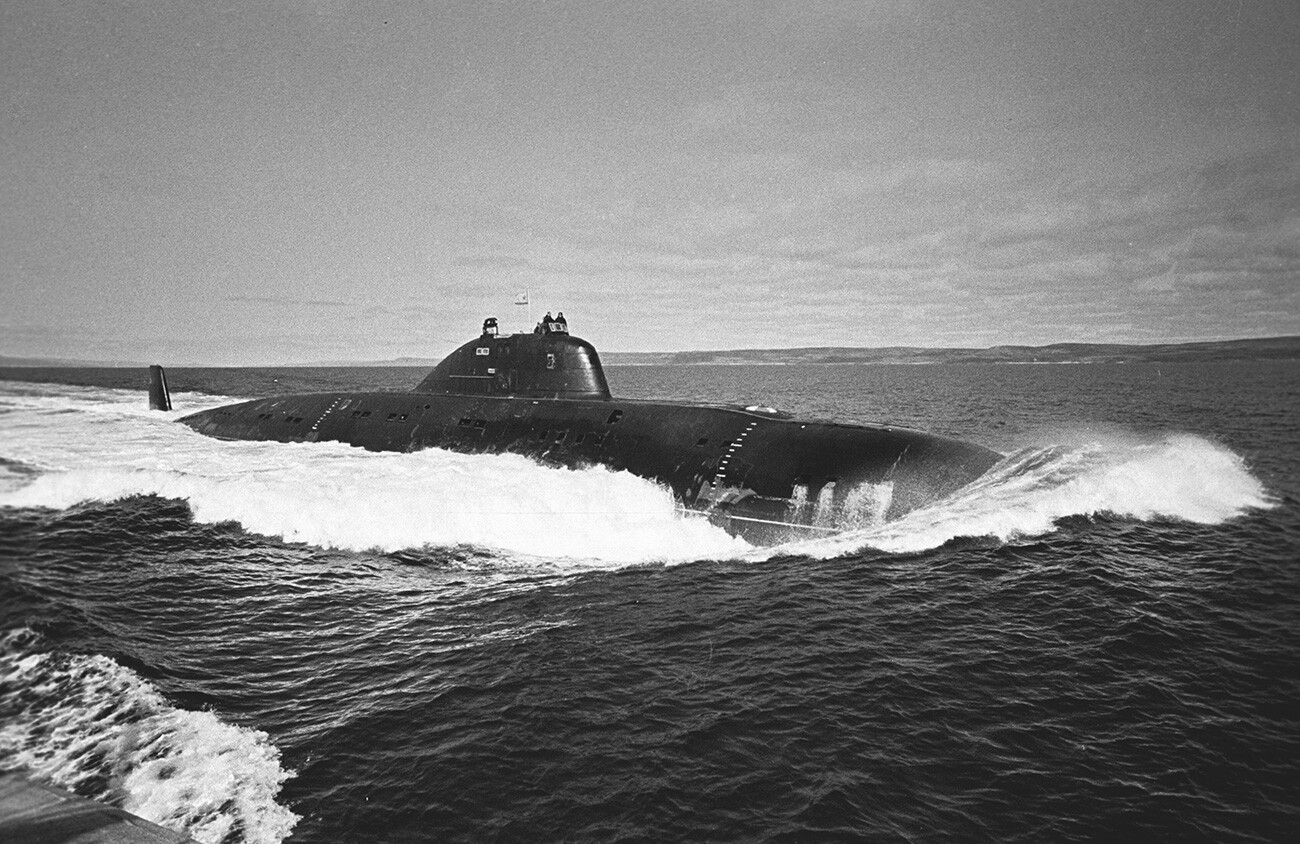
Soviet nuclear submarine cruising in the open sea.
Suhodolskiy/SputnikOn November 15, 1969, American nuclear submarine USS ‘Gato’ (SSN-615) was testing the latest radio interception equipment at a depth of 60 meters in Soviet territorial waters in the Barents Sea, when a Soviet nuclear-powered submarine, the K-19 ballistic missile carrier, unexpectedly “bumped” into its hull.
For both craft, the collision came as a surprise, although the commander of ‘Gato’s torpedo room decided that the Russians had deliberately rammed the American sub and prepared to fire. The order to attack was canceled at the last moment by the submarine’s commander.
Both submarines sustained significant damage, but managed to get back to their bases. As Soviet specialists established later, had the K-19 been traveling two or three knots faster it would have cut its Western counterpart in half.
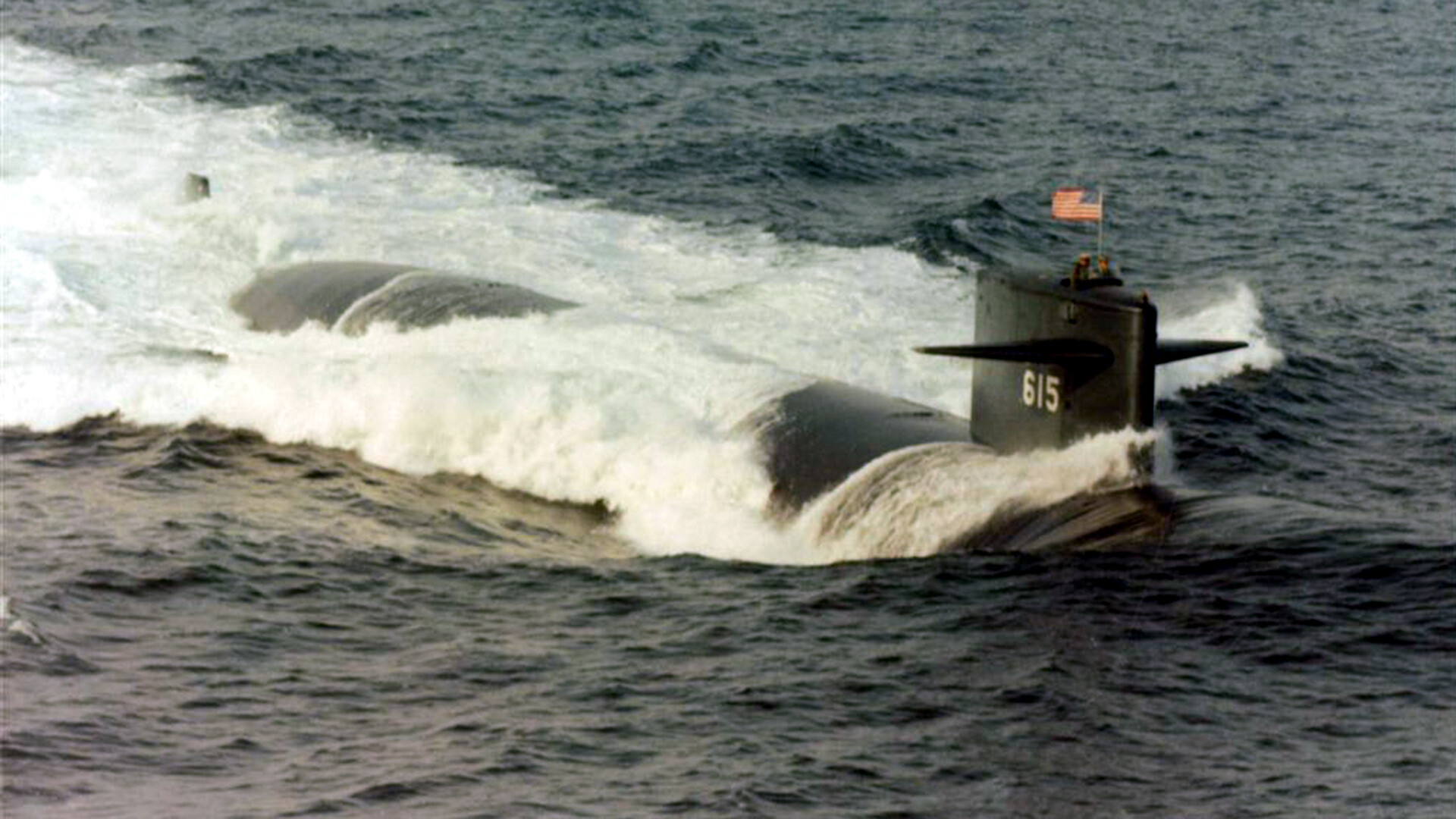
The USS ‘Gato’ (SSN-615).
Public DomainThis game of cat and mouse became a characteristic feature of the underwater confrontation of the two sides in the Cold War. When a Soviet submarine with ballistic missiles on board went on a long voyage, it was usually shadowed by an American “pursuit” sub.
To avoid detection, the Americans would follow very close behind the Soviet submarine. In this position, because of the noise of the turning propellers, the Soviet sonar was blind.
From time to time, Soviet submariners had to check the “blind spot”. They performed maneuvers to change course, sharply turning the craft to port or starboard by 120-150 degrees. The Americans called such maneuvers ‘Crazy Ivan’.
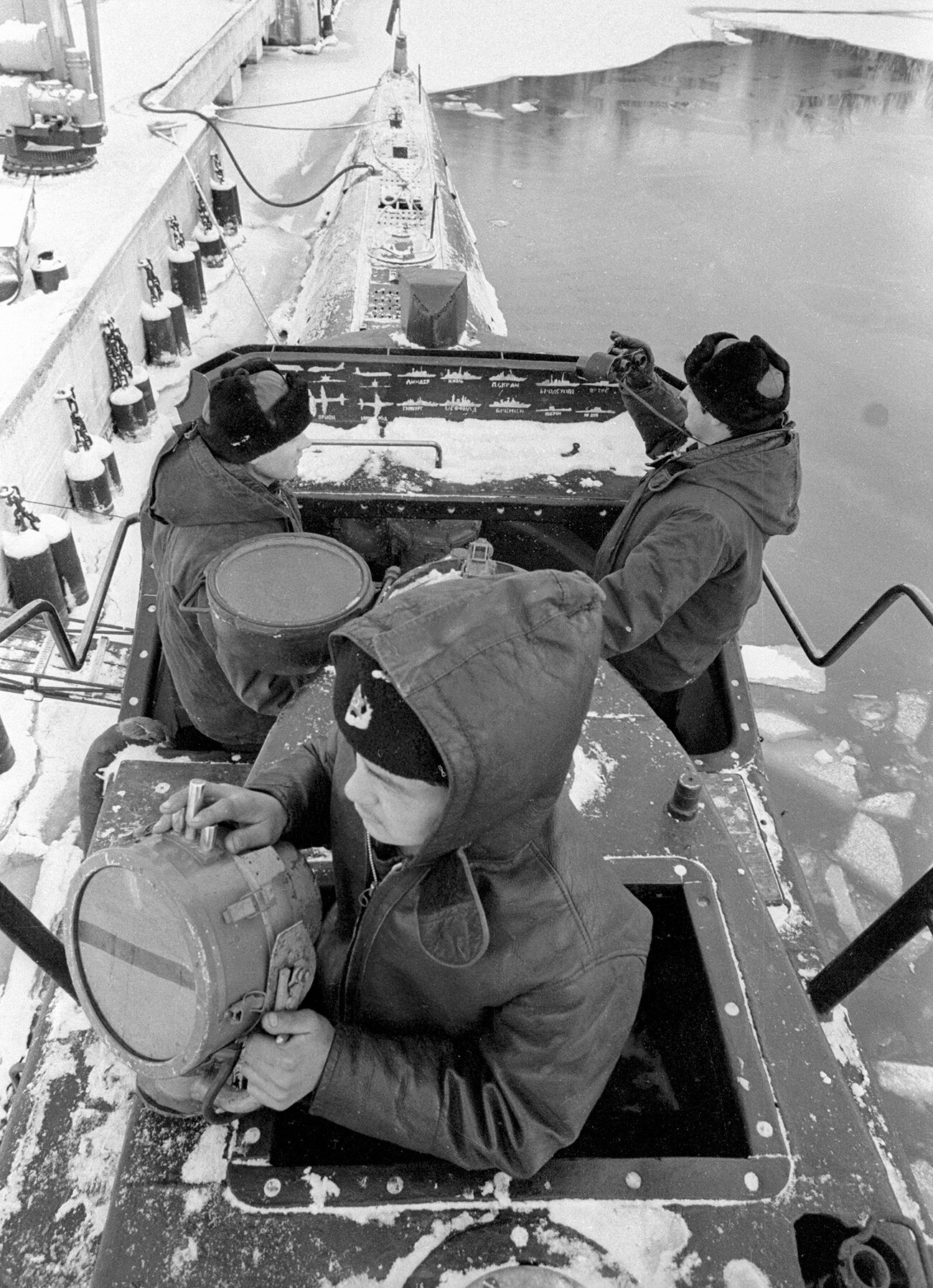
Soviet submarine crew ready to put to sea.
Klimentyev/SputnikIt was after a ‘Crazy Ivan’ maneuver in the Arctic Ocean on June 20, 1970, that the Soviet K-108 (Project 675) submarine was rammed by the USS ‘Tautog’ (SSN-639), which was shadowing it.
The Soviet craft started rapidly going down, but the crew managed to get on top of the situation. A tug-boat succeeded in reaching it and brought the sub, which had a wedged starboard propeller, to base. The ‘Tautog’ also had damage to its superstructure, but managed to return home without casualties, as well.
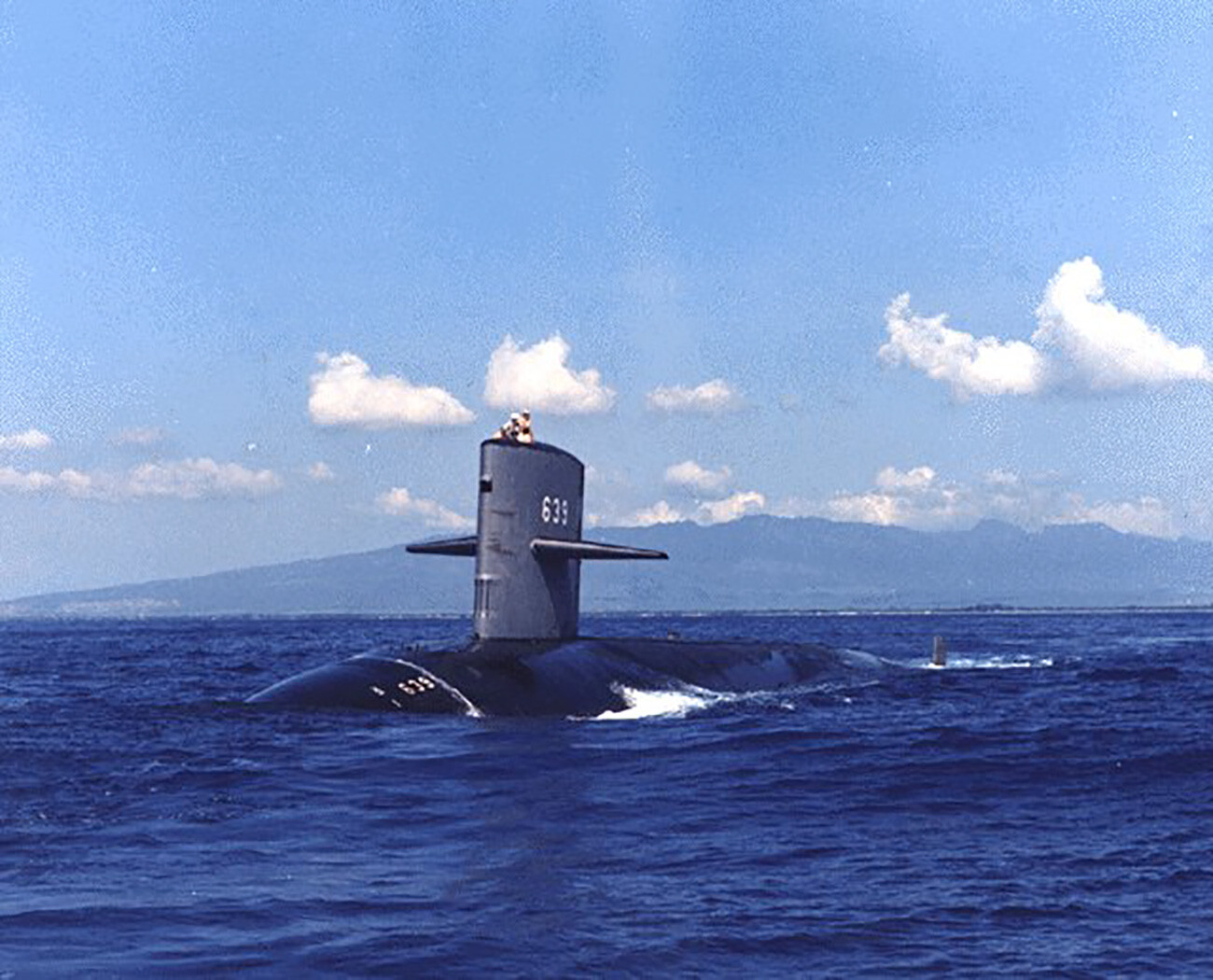
The USS ‘Tautog’ (SSN-639).
Public DomainOn May 23, 1981, the nuclear-powered ballistic missile submarine K-211 ‘Petropavlovsk-Kamchatsky’, was returning to base from a combat training area in the Barents Sea. A short time after completing a maneuver to check its “blind spot” for the presence of uninvited guests, it received three powerful glancing blows to its stern section from below from a submarine passing underneath it.
Having sustained a certain amount of insignificant damage, the K-211 surfaced and got back to base on its own power. On external examination, metal fragments from an unidentified submarine were found embedded in the nuclear sub’s propeller.
The most likely pursuer of the Soviet submarine was the American nuclear-powered submarine USS ‘Sturgeon’ (SSN-637). According to another account, it was a British Swiftsure-class submarine, the S-104. Whichever it was, the incident also ended without major mishap for the “pursuit” sub.
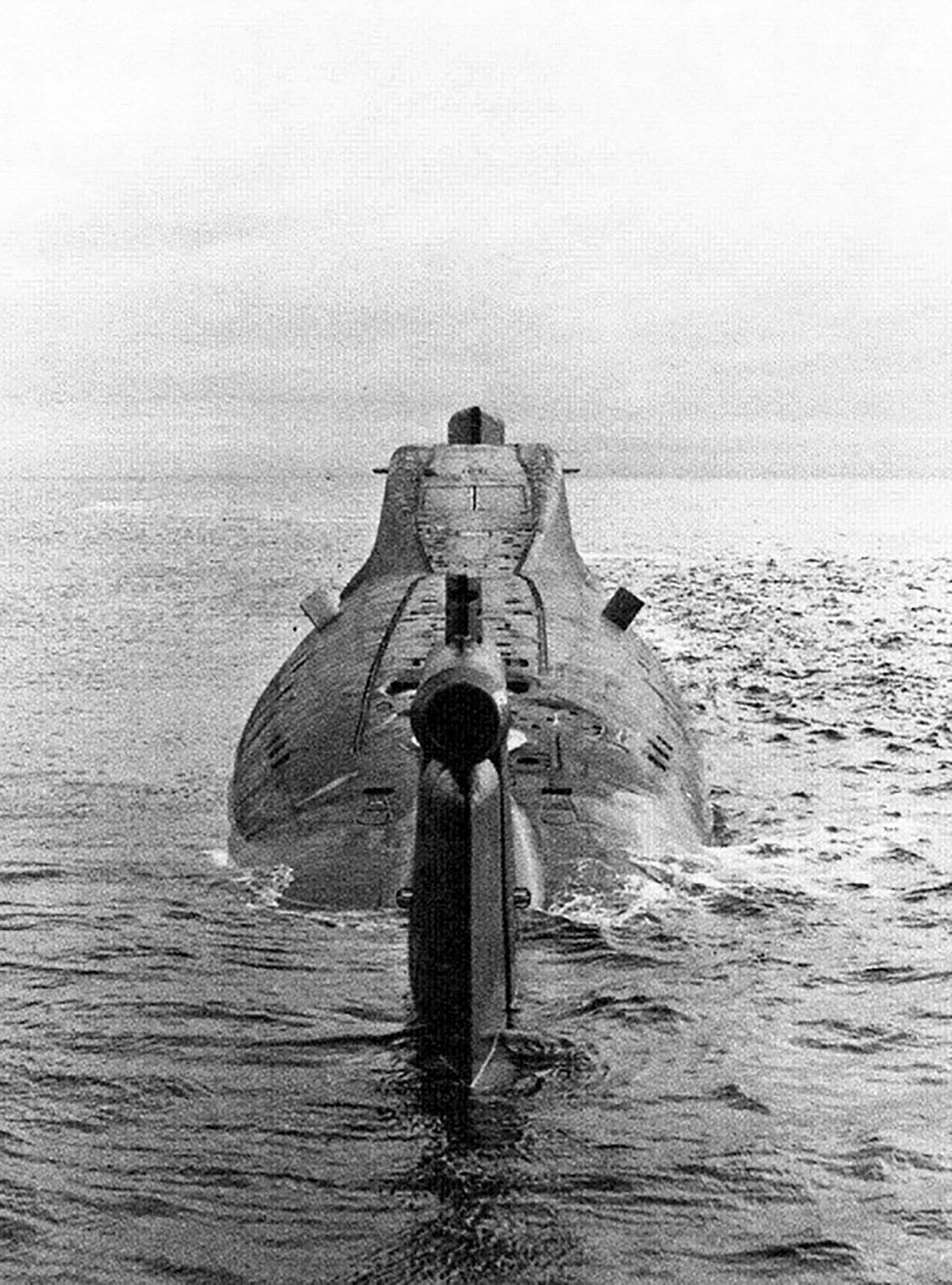
Soviet K-211 submarine.
Svch433 (CC BY-SA 4.0)The underwater game of cat and mouse did not come to an end with the ending of the Cold War and the global confrontation of the two superpowers. American submarines were now stalking Russian nuclear-powered vessels, carrying out sorties next to the Russian coastline.
On February 11, 1992, the USS ‘Baton Rouge’ (SSN-689) collided with the K-276 ‘Kostroma’ near the Northern Fleet base in Severomorsk. Surfacing for a communications session, the superstructure of the Russian vessel struck the bow section of its American colleague. Since the superstructure was built for breaking through Arctic ice, the damage to the ‘Baton Rouge was considerable.
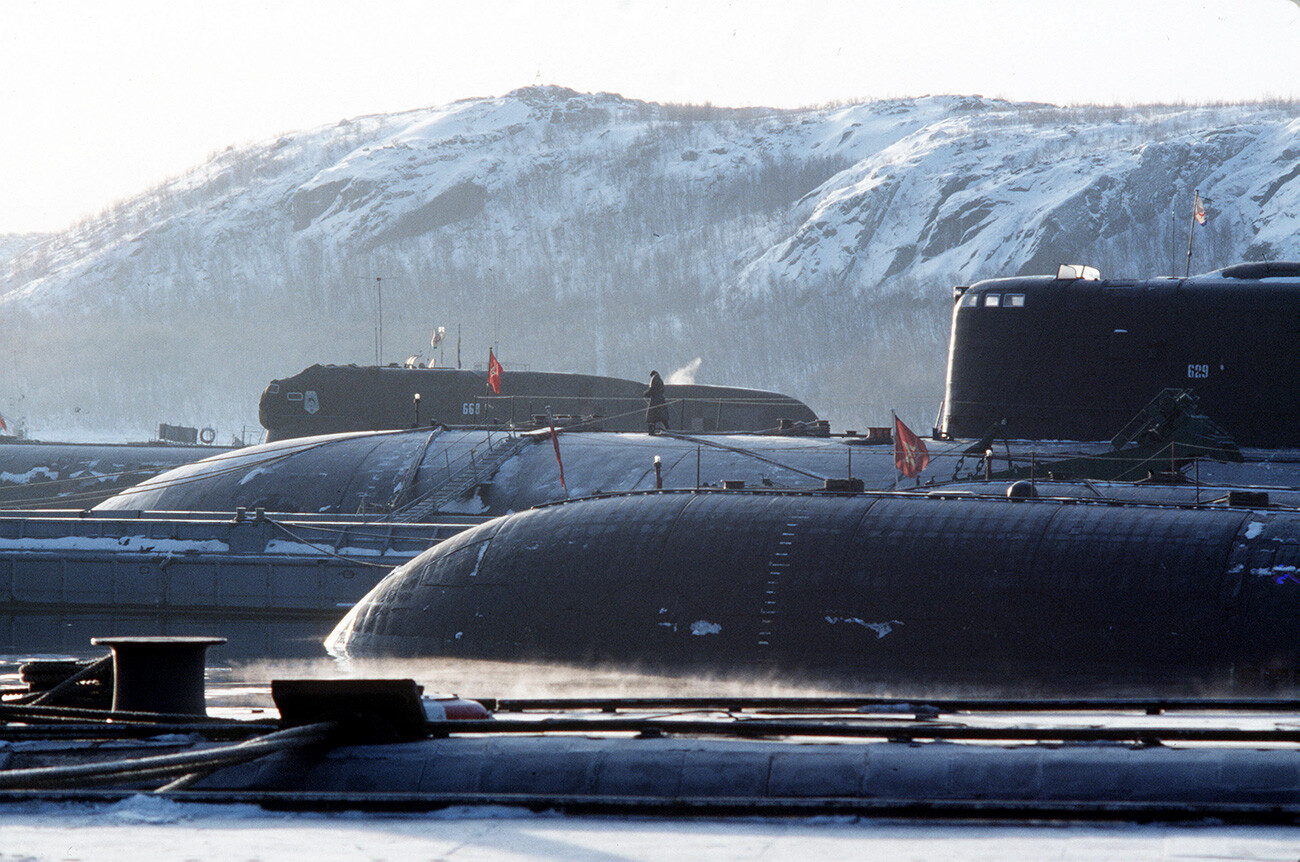
Nuclear submarines of the Russian Northern Fleet.
V. Kiselev/Sputnik“Gordon Kremer, The commander of the ‘Baton Rouge’, ‘got carried away’, as the saying goes,” according to the Kostroma’s commander, Captain 1st Class Igor Lokot: “He evidently felt himself on top of the situation. While I was hard at work checking the distance (to the nearest and most perilous targets), Gordon Kremer ‘held’ me under surveillance. When I decided to surface, he lost me, because both submarines were low-noise craft. And the American made a lunge for the spot where contact had been lost and decided to clarify the circumstances in which our submarine had disappeared. And he got hit.”
Despite being damaged, the ‘Baton Rouge’ did not risk surfacing in foreign territorial waters and headed off towards Norway as fast as it could.
If using any of Russia Beyond's content, partly or in full, always provide an active hyperlink to the original material.
Subscribe
to our newsletter!
Get the week's best stories straight to your inbox